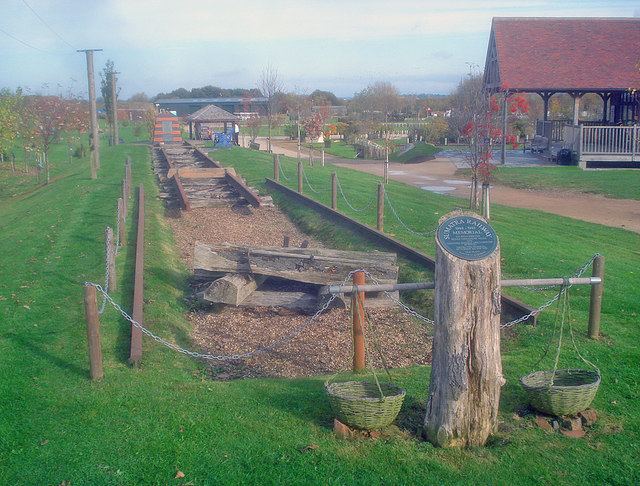 | ||
The Sumatra Railway, also referred to as the Pekanbaru Death Railway, was a railway project of the Imperial Japanese army in Sumatra during the Second World War. It was designed to connect Pekanbaru to Muaro in an effort to strengthen the military and logistical infrastructure for coal and troop shipments. The Japanese directed construction of the 220 km long railway to connect Muaro with Pekanbaru which lies close to the coast of the Malacca Straits up the Siak river. This line included a spur line to a coal mine outside of the village at Petai. They used forced labour and prisoners of war. 6,500 Dutch, mostly Indo-Europeans, 1000 British prisoners of war along with 300 POWs from America, Australia and New Zealand. This number of POWs was dwarfed however by the over 120,000 Indonesian, mostly Javanese, forced workers called Romusha which were put to work by the Japanese army. By the time the work was completed in August 1945 almost a third of the European POWs had died and only around 16,000 of the 120,000 Indonesian Romusha had survived.
Contents
The railway was intended to move coal and troops between "Pakenbaroe" and Muaro where the line met with an existing railway which ran to the large port located at Padang. The railway was completed on VJ Day, 15 August 1945. It was only ever used to transport POWs out of the area and then quickly became overgrown by the jungle.
Accounts of construction
George Duffy, one of the 15 Americans there and survivor of the sinking of the MS American Leader recounted life and death for the POW workers on MemoryArchive: malaria, dysentery, pellagra, and malnutrition/"beri-beri" were the principal maladies compounded by overwork and mistreatment. "The average age at death of the 700 POWs who perished on that railway was 37 years and 3 months."
Legacy and memorial
The railway was never fully utilised and remains unused and in an advanced state of decay. The Japanese also directed construction of the Burma Railway and Kra Isthmus Railway (from Chumphon to Kra Buri).
The Sumatra Railway Memorial was unveiled on VJ Day in 2001 at the National Memorial Arboretum in Alrewas, England near Lichfield, Staffordshire. The memorial commemorates the approximately 5,000 prisoners of war and 30,000 locals who were forced to work on the 140-mile (230 km) Sumatra railway project and is located next to the Far East Prisoners of War Memorial Building. The memorial's unveiling was attended by former prisoners of war, the Japanese ambassador to Britain (Sadayuki Hayashi) and included a peace stone and the planting of flowering trees to symbolise reconciliation.
